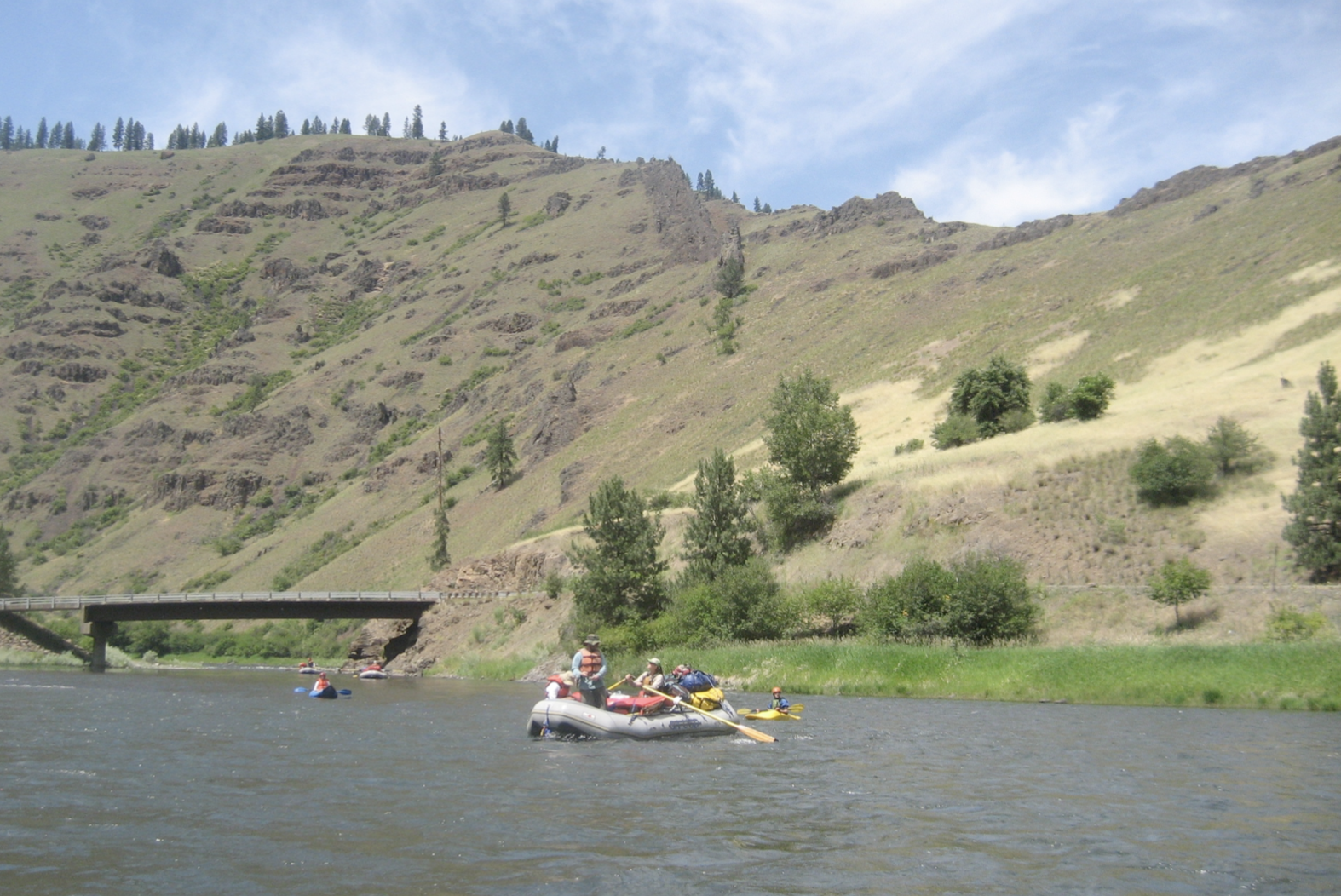
Figure 1. Bunchgrass steppe is loosing ground to invasive annual grasses. Green bunchgrass grows throughout the summer while annual grass dies after it’s shallow roots deplete the surface water.
Taking in the landscape from a raft on the Grande Ronde River I can see the mountain slopes are speckled with bunchgrass. This is the most expansive area of bunchgrass steppe I have ever seen. Evenly spaced tufts of perennial grass create a living landscape that is pleasing to the eye and rich in biodiversity. The spaces in between tufts of bunchgrass are habitat for a large number of annual and perennial grasses and forbs. But it will not remain this way forever— already there are signs of this landscapes decline.
At first occasionally, then more and more as we entered drier country, large portions of bunchgrass are entirely missing—replaced the dead remains of invasive annual grasses. In some areas the invasive grass is Cheatgrass, in other areas it is another unknown grass species— probably of Mediterranean origin. Regardless of the species, the effects of this invasion are plain to see. Large uniform blobs of dead, dull-brown annual grass are surrounded by vibrant green bunchgrass. While the bunchgrass’ deep roots allow it to grow year round, the annual grass has exhausted the water available to its shallow roots, set seed, and perished. The annual grass leaves behind a thick matt of flammable thatch that encourages frequent fires. In turn, frequent fires help drive the annual grass invasion as new sites are opened for colonization.
The heterogeneous dynamics of this invasion leave patterns on the mountainsides that are interesting to observe. The invasion is often more severe where human disturbances are present. Large patches of annual grass often surround roadways, farms, and construction projects. In some areas, where cattle are fenced in, a fence divides a stand of dead annual grass and weeds from a stand of lively bunchgrass. On public lands where cattle are grazed annual grass often replaces bunchgrass in the shade of larger trees. Perhaps cattle graze these areas more heavily as they escape from the mid-day heat? Climatic patterns also affect the invasion. Drier, south facing slopes are more prone to annual grass invasion than north facing slopes. Similarly, the severity of this invasion increases as we travel downstream and rainfall decreases.
